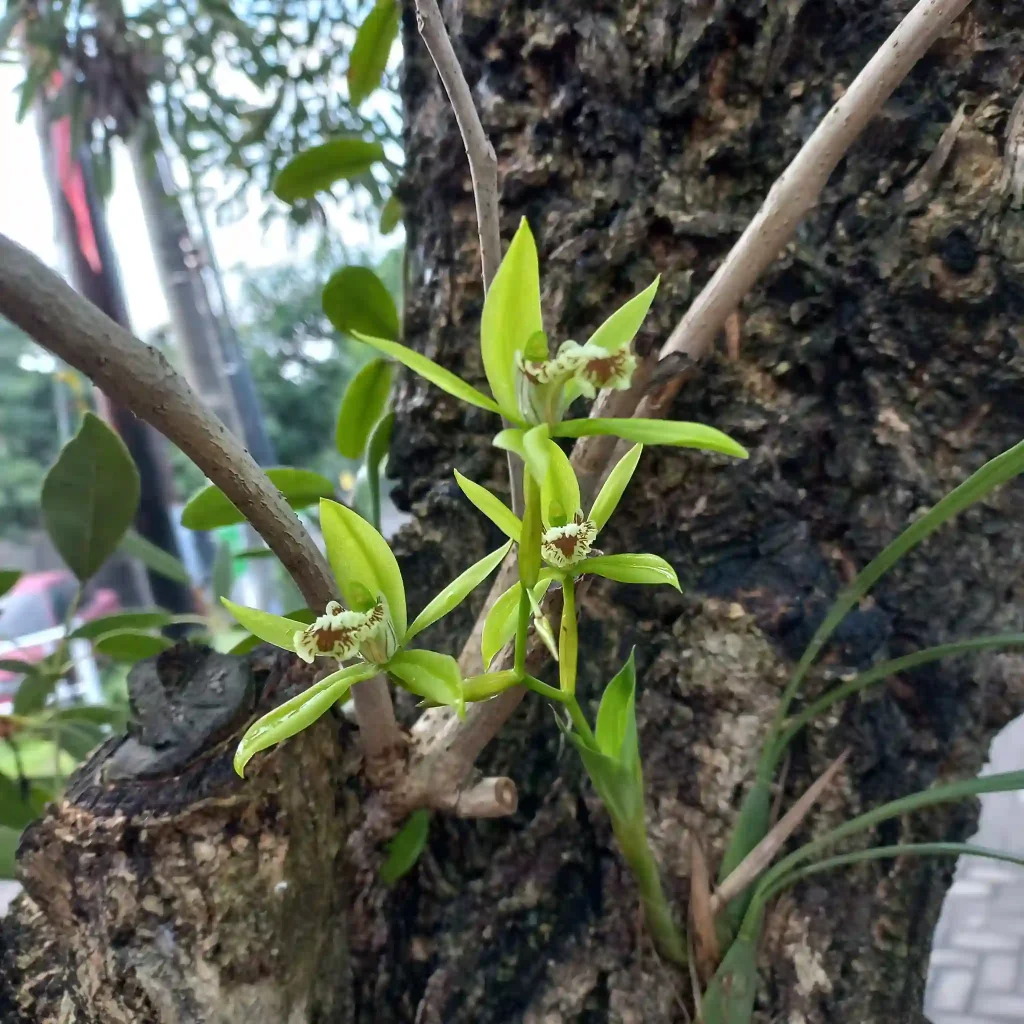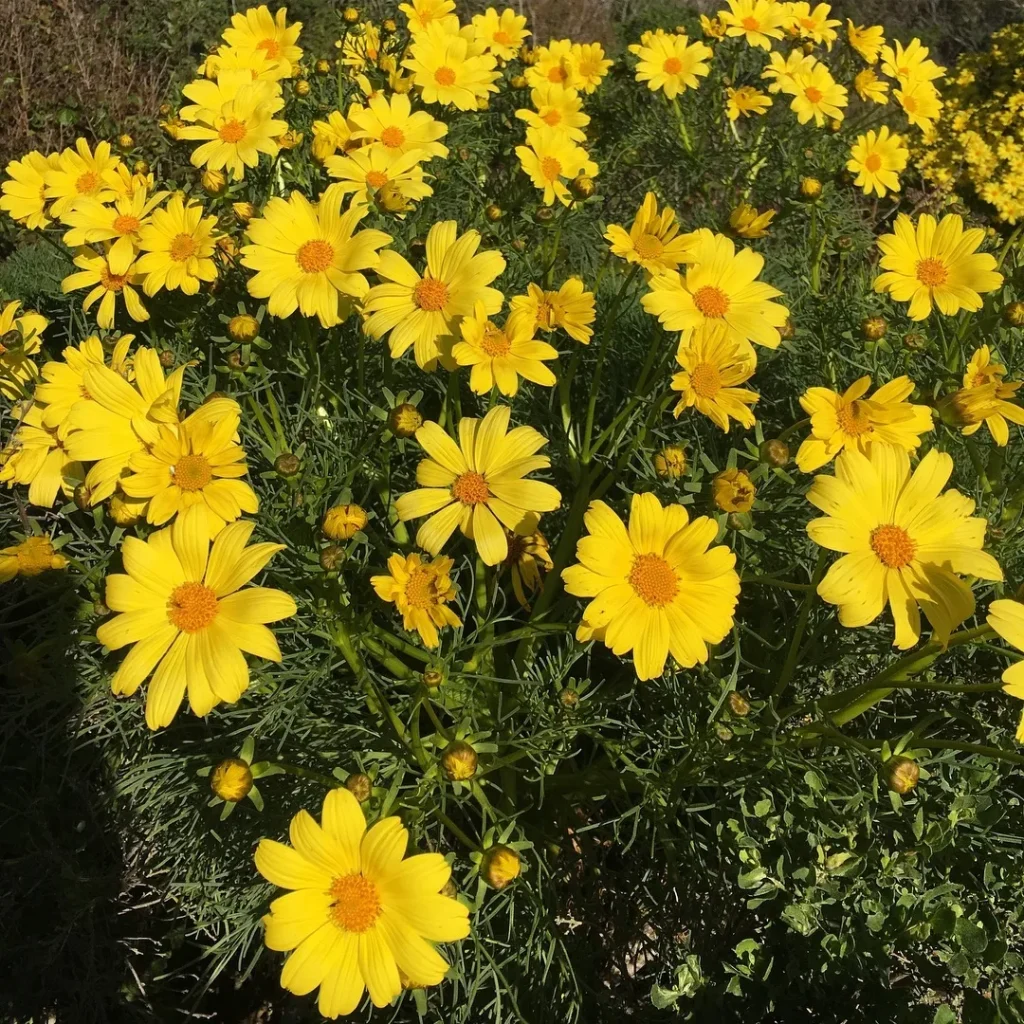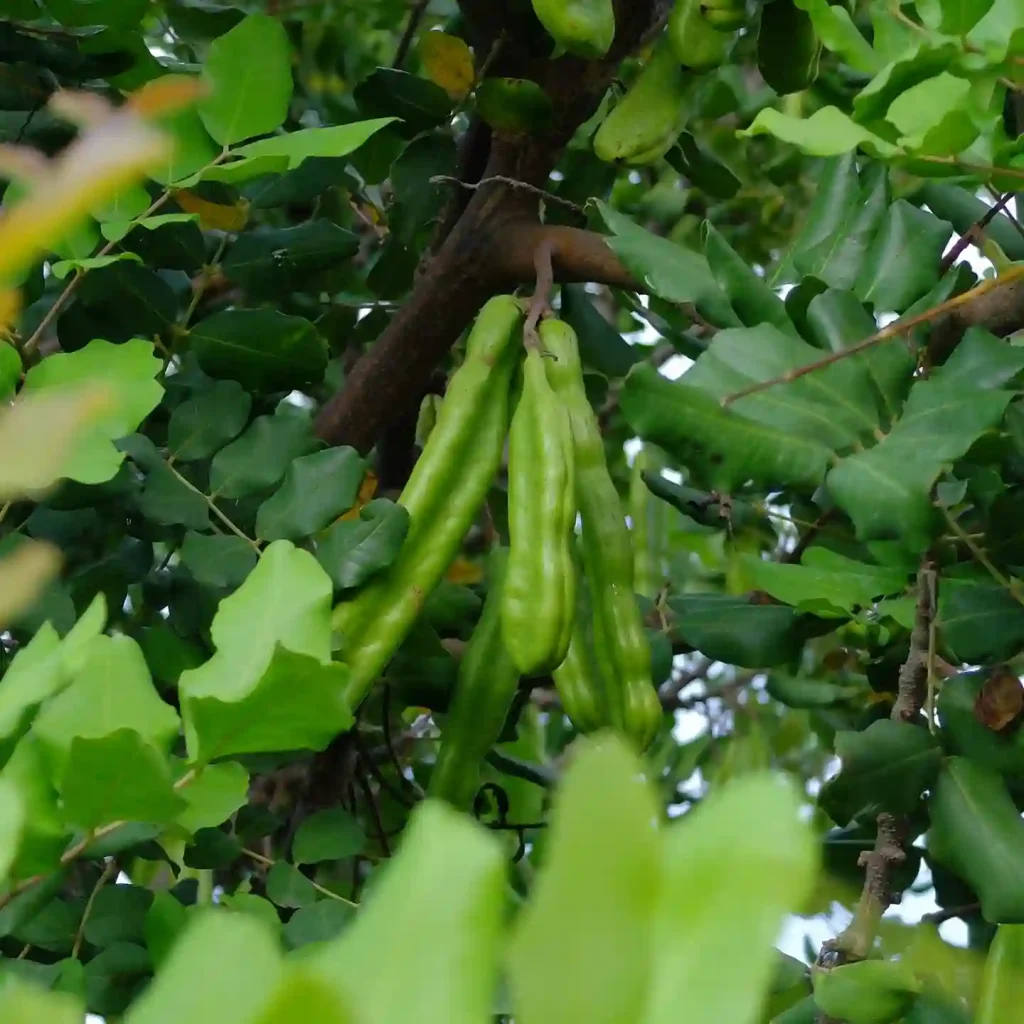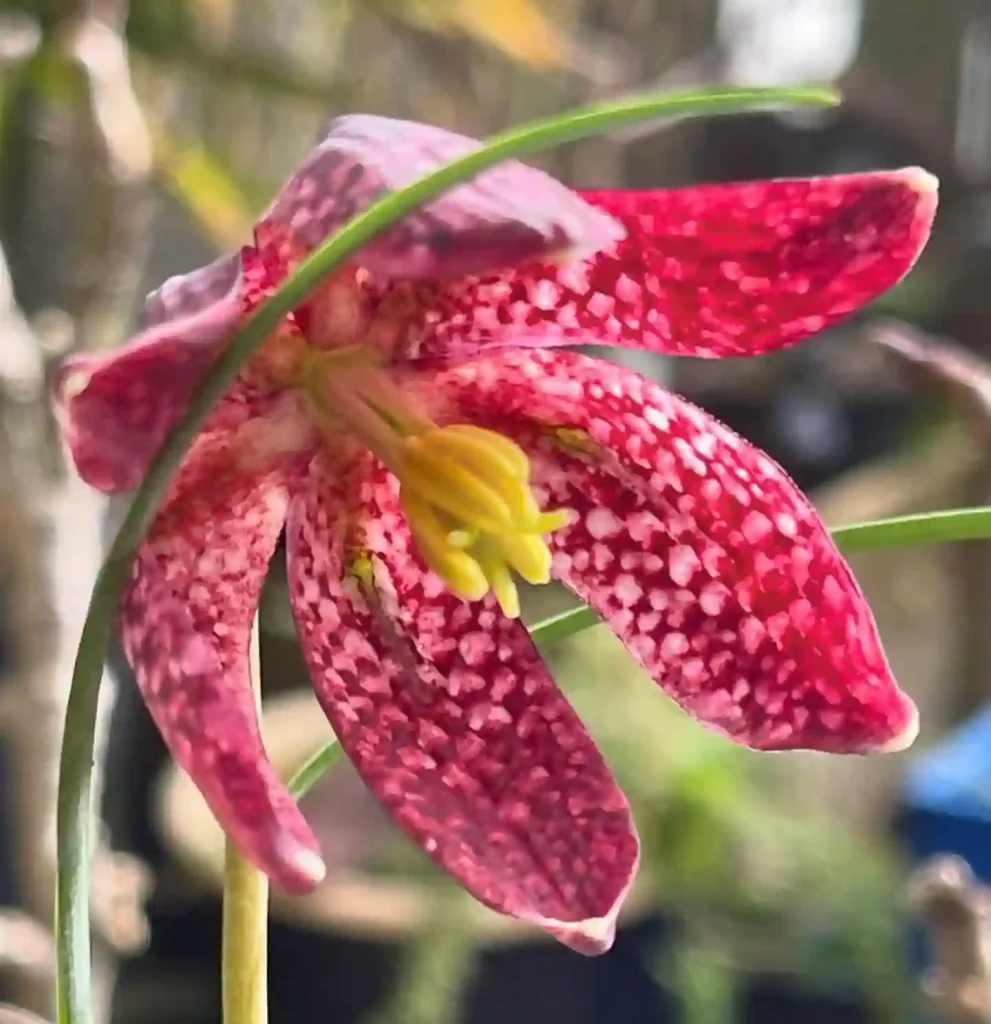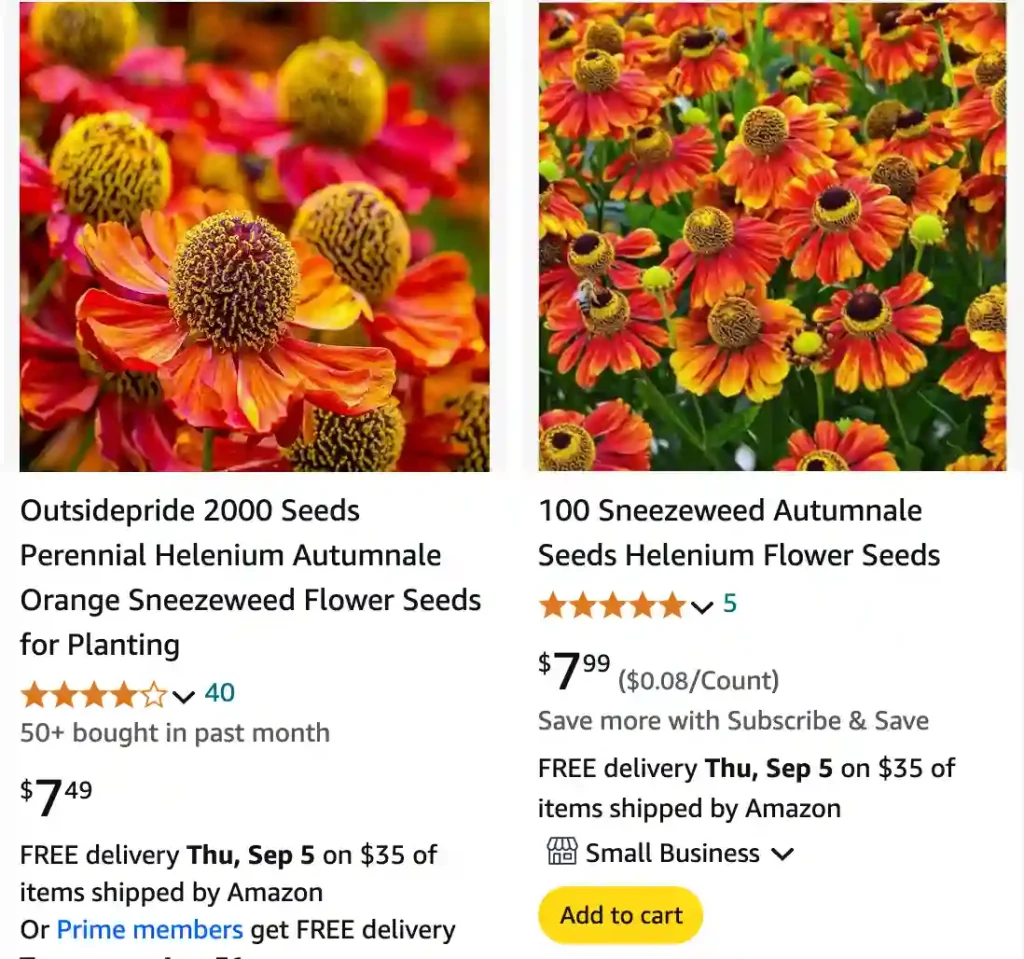
FAQs About Helenium Autumnale
Helenium Autumnale, commonly known as Helen’s Flower or Sneezeweed, is a striking perennial that adds a burst of color to any garden. Its vibrant blooms range from bright yellows to rich reds, making it a favorite among gardeners. However, caring for this plant involves more than just enjoying its beauty. Here’s a detailed look at some frequently asked questions about Helenium Autumnale.
33 Species in Genus Helenium
How to Prepare Helenium Autumnale for Winter?
Preparing Helenium Autumnale for winter involves a few simple steps to ensure it survives the colder months and comes back strong in the spring. First, after the first frost has hit and the plant has finished blooming, cut back the foliage to about 3-4 inches above the ground. This helps prevent the plant from becoming a breeding ground for pests and diseases.
Next, add a layer of mulch around the base of the plant. This layer helps insulate the roots against extreme temperature fluctuations. Aim for about 2-3 inches of mulch, which can be made from shredded leaves, straw, or bark. This will not only protect the roots but also help retain moisture in the soil.
Lastly, avoid heavy pruning in the fall. Leaving some of the dead stems and leaves can provide additional insulation and shelter for the plant. Wait until the spring to perform any major pruning, once new growth begins to emerge.
When to Prune Helenium Autumnale for Winter?
Pruning Helenium Autumnale should ideally be done in late fall or early spring. The general rule of thumb is to wait until after the first frost to perform any pruning. At this time, you can cut back the stems to about 3-4 inches above the ground. This reduces the risk of disease and prepares the plant for a healthy start in the spring.
Avoid pruning too early in the fall, as the remaining foliage can provide some protection for the plant over the winter. Additionally, spring is an excellent time for pruning as it allows you to assess any winter damage and remove any dead or damaged parts of the plant.
How to Care for Helenium Autumnale?
Caring for Helenium Autumnale is relatively straightforward. This plant thrives in full sun and well-drained soil. Ensure it receives at least six hours of sunlight daily for optimal growth and blooming. Water the plant regularly, keeping the soil consistently moist but not waterlogged.
Fertilize Helenium Autumnale once in early spring with a balanced, all-purpose fertilizer to support healthy growth. Avoid over-fertilizing, as this can lead to excessive foliage growth at the expense of blooms.
How to Propagate Helenium Autumnale?
Propagating Helenium Autumnale can be done through division or seed sowing. The easiest method is division. In early spring or fall, dig up the plant and separate the root clumps. Replant these divisions in well-prepared soil, ensuring they are spaced appropriately to allow for growth.
Alternatively, you can start seeds indoors about 8-10 weeks before the last frost. Sow seeds in a seed-starting mix and keep them in a warm, sunny location. Transplant the seedlings outdoors once they are strong enough and the risk of frost has passed.
What to Plant with Helenium Autumnale?
Helenium Autumnale pairs well with a variety of other plants. Consider planting it alongside ornamental grasses like Miscanthus or Panicum to create a contrasting texture. Other good companions include coneflowers (Echinacea), black-eyed Susans (Rudbeckia), and tall phlox for a vibrant, multi-colored garden display.
Can You Grow Helenium Autumnale Indoors?
While Helenium Autumnale is typically grown outdoors, it can be grown indoors if you can provide the right conditions. Ensure the plant receives plenty of light, ideally from a south-facing window, and maintain a cool, consistent temperature. However, this perennial is generally better suited to outdoor gardens where it can thrive in full sunlight and well-drained soil.
Is Helenium Autumnale Toxic?
Helenium Autumnale is not considered toxic to humans or pets. However, some people might experience mild skin irritation from direct contact with the plant. It’s always a good idea to wash your hands after handling any plant to avoid potential allergic reactions.
Benefits of Helenium Autumnale
Helenium Autumnale is not just a beautiful addition to your garden; it also offers several benefits. Its bright flowers attract pollinators such as bees and butterflies, enhancing the biodiversity of your garden. Additionally, the plant is relatively low-maintenance, making it a great choice for both novice and experienced gardeners.
Common Problems with Helenium Autumnale
One common problem with Helenium Autumnale is its susceptibility to fungal diseases like powdery mildew. To prevent this, ensure good air circulation around the plant and avoid overhead watering. Another issue is its tendency to become floppy or leggy. Providing support with stakes or planting it near sturdier plants can help keep it upright.
Compare with Similar Plants
If you’re considering alternatives to Helenium Autumnale, you might compare it with Rudbeckia (Black-eyed Susan) or Echinacea (Coneflower). Both are similar in their flowering habits and color ranges but have different growth habits and care requirements. Rudbeckia tends to be more drought-tolerant, while Echinacea offers a longer blooming period.
In summary, Helenium Autumnale is a vibrant and resilient perennial that can enhance any garden with its bold colors. With proper winter preparation, care, and a few preventative measures, it can thrive and bring joy year after year.
If i die, water my plants!
